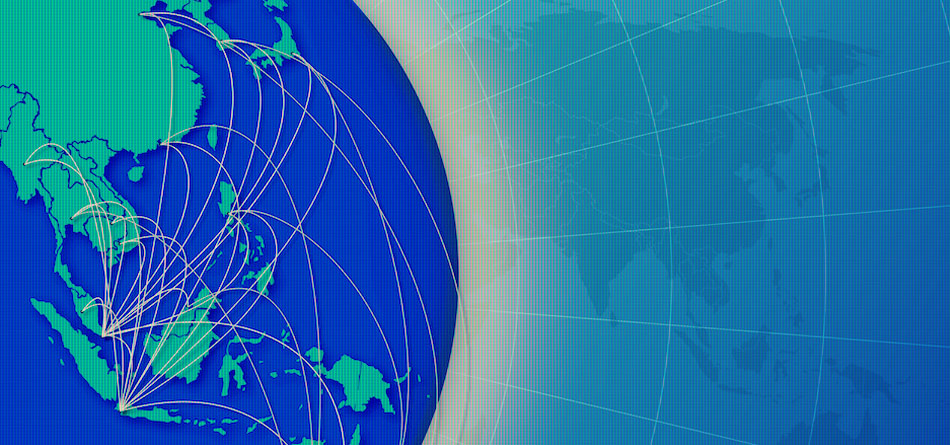As the largest ‘Tier 1’ banks and futures commission merchants continue to retrench globally, local trade handlers in Asian markets are seizing the opportunity.
Specifically, CIMB Group and RHB Bank of Malaysia and Singapore-based UOB Bullion and Futures Ltd are among regional players adding new futures business and bulking up to ‘superbroker’ size, according to Lewis Richardson, derivatives business development manager at Fidessa.
“They are building very successful businesses and franchises,” said Richardson, who is based in Singapore. “They’re attracting business both from international brokers wanting to work with them, as well as investors within the region.”
“The superbrokers will be able to capitalize on the larger FCMs potentially shedding clients,” Richardson told Markets Media. “They’ll be able to pick up and facilitate those clients, where other banks and large institutions might not be willing to take them on due to regulatory and balance-sheet reasons.”
 Lewis Richardson, Fidessa
Lewis Richardson, Fidessa
Richardson predicts more Chinese and other Asian brokers entering the regional futures market, some of whom will acquire rivals based abroad as a quick way of becoming a global company. “We’ve seen a number of Chinese brokers expand out of China and Asia over the past few years,” Richardson said. “There’s some doom and gloom in the industry news about the decreasing number of FCMs. But a huge growth area and new names in the industry are Chinese players entering the international market.”
The Asian futures market historically has been characterized by fragmentation and regulatory variance across borders. Australia, Singapore and Hong Kong have the longest-established futures market centers, and foreign exchange, interest rates and commodities are the key futures products.
An evolution is underway. “Things are changing at a faster rate than in the U.S. and Europe,” Richardson said. “Regulators here can make changes a lot quicker. China can change things in its market literally overnight, or at most with a few days’ notice.”
Regulatory initiatives in the U.S. and Europe are pushing derivatives trading from over the counter (OTC) frameworks onto exchanges, a sea change that -- if it moves east -- would help Asian bourses such as Shanghai Futures Exchange, Singapore Exchange, and Hong Kong Exchanges and Clearing.
The value of exchange-traded futures traded in the Asia-Pacific region averaged slightly more than $200 billion per day around mid-year 2015, little changed from $208 billion per day in full-year 2014 and down from $282 billion per day in 2013, according to the Bank for International Settlements. Asia-Pacific makes up about 5% of global exchange-traded futures, though that number is expected to increase as the region’s financial markets develop.
“Demand for derivatives trading on global exchanges has been increasing among investors in Asia,” said Christopher Fix, managing director and head of Asia-Pacific for CME Group, the Chicago-based exchange operator. “Asia continues to be a key growth region for CME Group, and China is an especially important market.”
 Christopher Fix, CME
Christopher Fix, CME
In Asia, CME partners with local exchange groups including Bursa Malaysia Derivatives, Osaka Securities Exchange, Korea Exchange, Multi Commodity Exchange of India, and Singapore Exchange. There are also working arrangements with Shanghai Clearing House, China Futures Exchange, and Shanghai Gold Exchange on business matters such as market data, product development and customer education. “We firmly believe in the long-term potential and growth of China,” Fix said.
“Exchanges are trying to capitalize on the growing flows in Asia,” said Richardson. “(IntercontinentalExchange) was the first to go live, and it has started out successfully. They've made their contracts smaller than the global benchmark, which is better-suited for Asian investors. Eurex has launched mini-DAX futures, which there has been a lot of demand for in Asia. CME has launched China A50 futures to compete with the SGX, which had been dominant in that area until the last couple years.”
Featured image by aycee78/Dollar Photo Club














